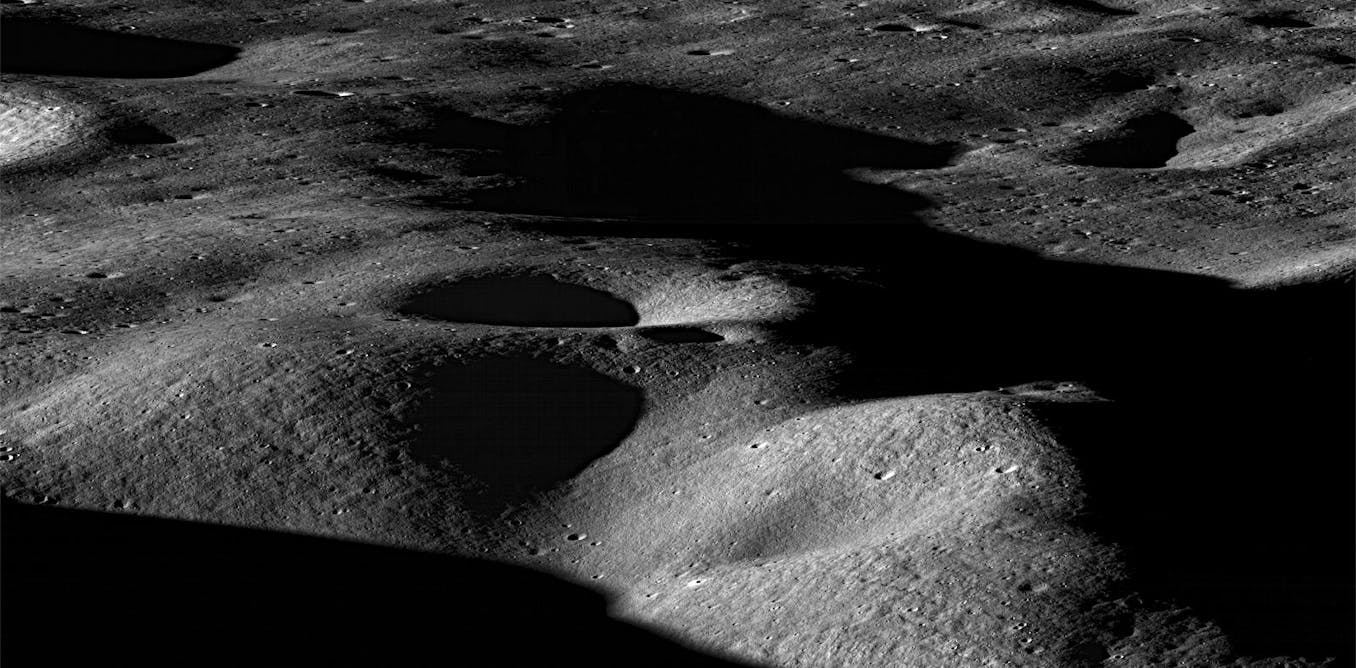Author: Martina Elia Vitoloni | DCL Candidate Air and Space Law, McGill University
Celestial bodies like the moon contain valuable resources, such as lunar regolith — also known as moon dust — and helium-3. These resources could serve a range of applications, including making rocket propellant and generating energy to sustaining long missions, bringing benefits in space and on Earth.
The first objective on this journey is being able to collect lunar regolith. One company taking up this challenge is ispace, a Japanese space exploration company ispace that signed a contract with NASA in 2020 for the collection and transfer of ownership of lunar regolith.
The company recently attempted to land its RESILIENCE lunar lander, but the mission was ultimately unsuccessful. Still, this endeavour marked a significant move toward the commercialization of space resources.
These circumstances give rise to a fundamental question: what are the legal rules governing the exploitation of space resources? The answer is both simple and complex, as there is a mix of international agreements and evolving regulations to consider.
The article has a breakdown of the laws and further context



What exactly are they going to mine? I’n “A City On Mars” (Kelly and ZACH Weinersmith) they claim “one estimate suggests it takes 150 tons of regoluth to produce a single gram of helium-3”. How is that useful?
There are lots of claims online about how abundant Helium-3 is on the moon but they all gloss over the specifics.
Iron, aluminium, titanium, oxygen, silicon, phosphorus, potassium, I could go on listing elements at great length. There are plenty of resources out there. Celestial bodies are made of resources. You name it, you can find it out there in various abundances.
Helium-3 is just one of the few things you can find out there that is basically unavailable on Earth. It’s myopic to focus solely on that.
That was just an example - in the book they are positing that most of the things people want to mine on the moon are actually very rare - though there may be a lot across the moon it will nit be easy to mine it because the density is low.
It’s not. He-3 is supposed to be maybe one day used in fusion power, but we’re talking about tons of this stuff. Not only scale is off, also He-3 burning requires much higher temperature than D-T fusion, and this is just around in next 20 years pinky promise
People who think that it’s a big deal also take Ray Kurzweil seriously, it’s scifi noise
In practical terms, when DHS wanted to get He-3 neutron sensors, they bought out entire global supply for multiple years, for an application where only grams are needed and it’s not used up. It’s made from decay of tritium currently and it’d be less energy intensive to make it the usual way
I’m way out of my element, and I don’t feel like doing the math right now, but I think it may be worth considering that helium is very light, I think last time I saw it brought up someone said that 1g of helium is like 5 or 6 liters at standard temperature/pressure. Not a huge quantity by any means, but significantly more than you’d probably imagine picturing a gram of water or whatever. I have no idea what kinds of amounts, pressures, etc. are needed for helium to be used in any of the applications we want it for, but I suspect it’s a lot more than that.
Also as far as mining goes, except for the fact that it’s on the moon, it seems like harvesting regolith is probably a fairly straightforward operation, it’s just moon dust, the stuff that’s covering pretty much the entire surface a few meters deep. Seems like all that’s really needed would be some space bulldozers and dump trucks (though of course I’m sure there’s a whole lot more challenges that I’m not thinking of)
To say nothing about whatever is needed to process the regolith, I wouldn’t even know where to begin with that.
But helium also isn’t the only thing we’d be looking to harvest from regolith. Let’s say it takes us 50 years to harvest enough helium for whatever we need it for (no idea if that estimate is over, under, or about right) over those 50 years we’d also be harvesting all of the iron and silicon and whatever else we need to build out the infrastructure to use the helium.
And of course the cost/benefit analysis can be all over the place depending on if you’re thinking about this as some sort of capitalist profit-seeking venture or if it’s more of a “for the good of all mankind” or “scientific research for its own sake” kind of thing.
Lot of things to consider. I’m not saying that mining the moon necessarily makes sense, I also don’t know if it doesn’t there’s a lot of factors at play.